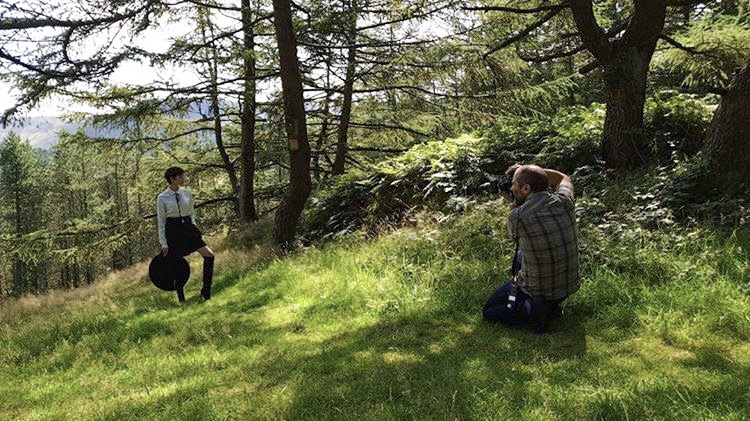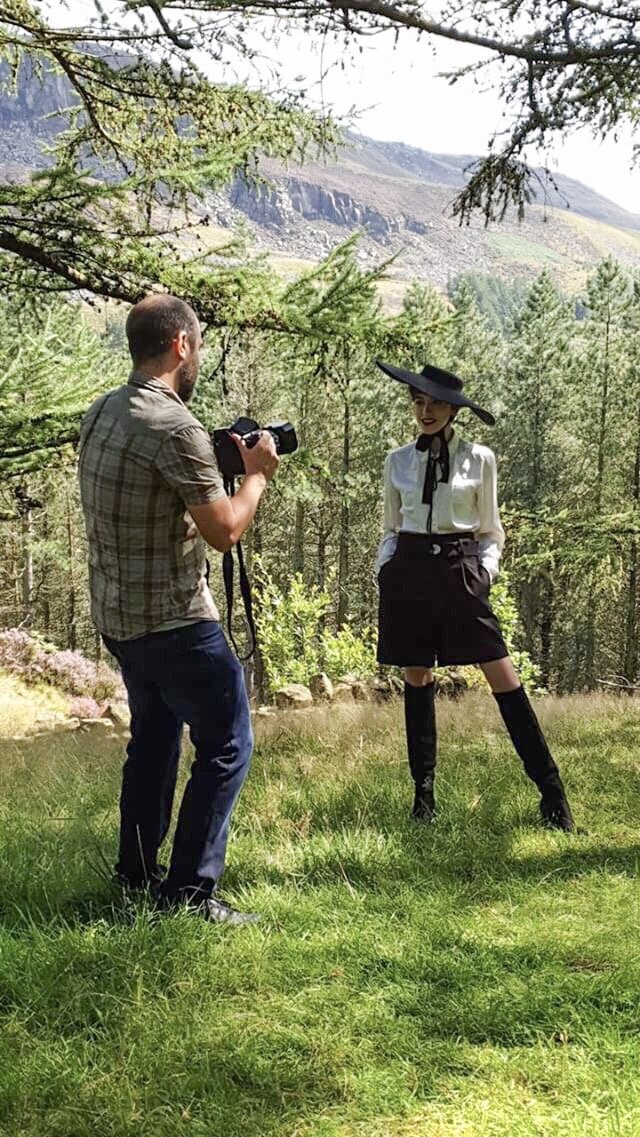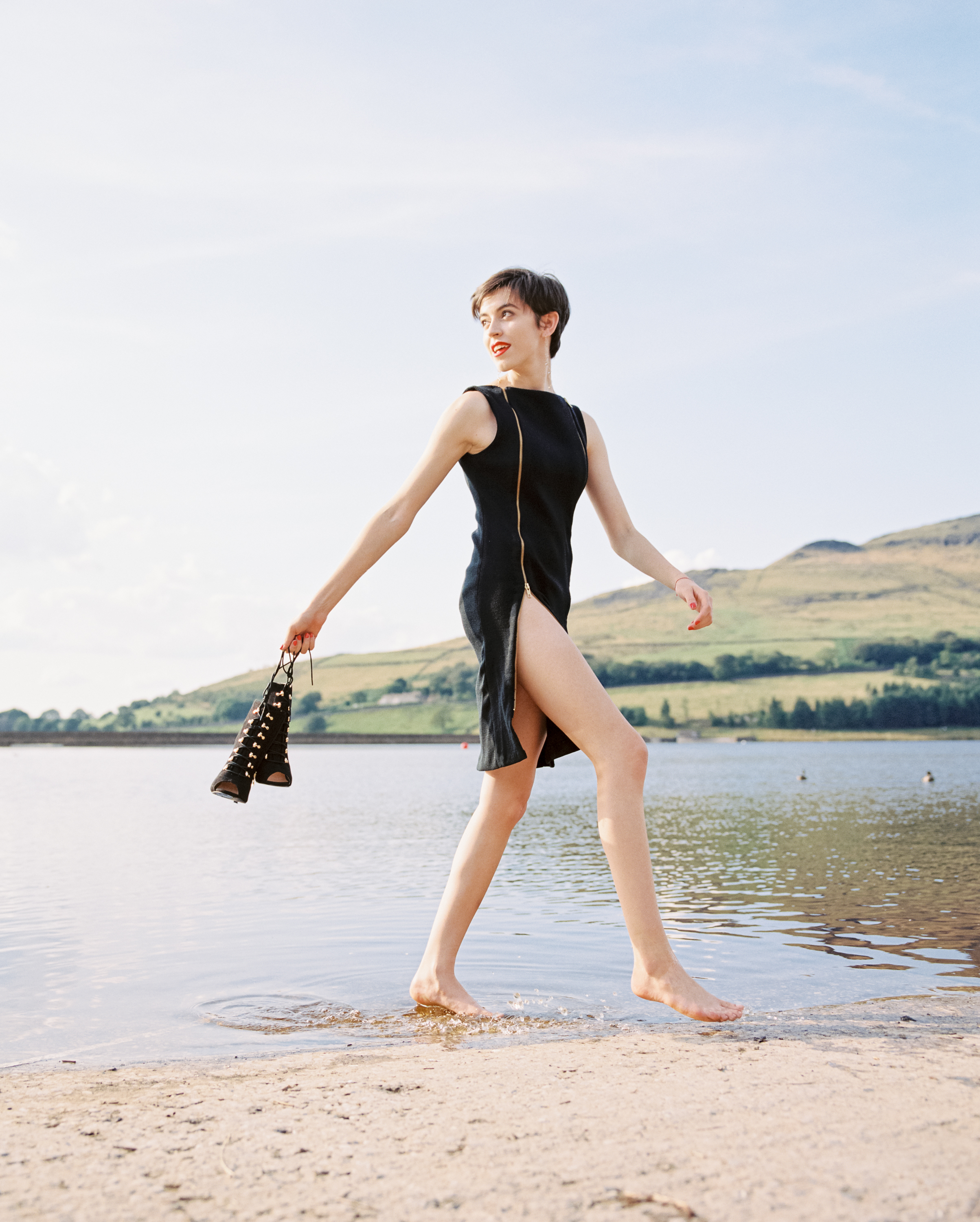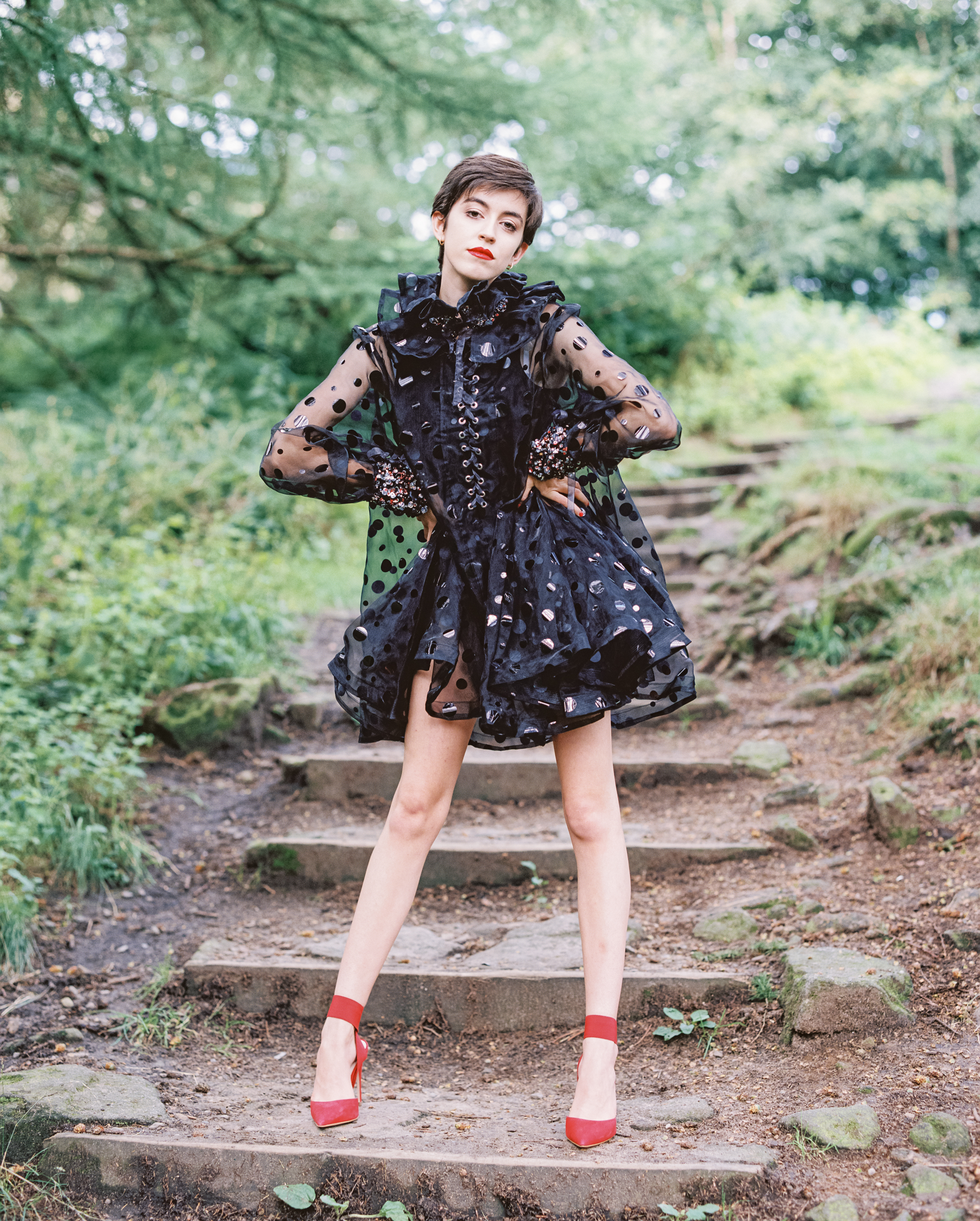Here we are with part two of a three part series featuring films from a recent portrait shoot with Monika! If you haven’t already, check out part 1 HERE but if you’re not bothered about that then read on and welcome to this review which is focussing on yet another new to me film stock - Lomography Colour 100, which I shot in medium format 120 flavour on the mighty Pentax 67!
As you can see this was a sunlit location shoot which presented the Lomo film with an opportunity to shine! In good light it’s a clearly very fine grain film, with strong contrast and rich colour balance - it’s punchy which I like and gives plenty of fine detail too. The 120 format certainly helps in that resolving power, as does the Super Multi Coated Takumar 105mm 2.4 lens on the P67 on which it was shot.
I think it has a slightly different look and feel to portra films which can be a little more muted and if I’m honest a little more to my taste. Don’t get me wrong though Lomo colour is a lovely film stock - I haven’t tried it out in poor/mixed lighting yet so I can’t speak to it’s flexibility but if it bears anything in common with the Lomo 800 film I imagine it will hold highlights well but lose the shadows fairly quickly in poor lighting. So it’s all sweetness and light then is it? Not exactly…
I would be remiss dear reader if I didn’t share the shortcomings of this film stock, in fact I think it’s worth saying up front that I have a bit of an issue with Lomo films in general - I don’t know whether it’s how they’re packaged or what but they are VERY prone to light leaks and/or having half a frame burned away for no good reason, I can forgive this when shooting 35mm because with 36 exposures to play with I can spare the odd one or two but when it comes to 120 film and something like the Pentax 67 which only gives me 10 frames per roll if one or two frames are frazzled then that’s a big chunk out the roll - I’m 99% certain it’s not an issue with loading as it only ever seems to be Lomo films that I have this issue with…. what the heck LOMO?!?!
Anyway back to the good stuff, aside from issues with the occasional random light leak/burned frame I really like this film stock - I was going to say that it’s a good budget choice but actually prices seem to be on the rise across the board and prices for a three pack of this film are £22 and upwards which is bonkers really - honestly I’m definitely starting to feel the ‘burn’ pardon the pun with film prices and after this shoot where I shot only colour film stocks I think my next few will be black and white only affairs and develop at home!
So that’s it for this review! I hope you’ve enjoyed the images and my ramblings about Lomo 100 and if you didn’t well - tough! :) Stay tuned for the final thrilling instalment in this trilogy of colour film stock reviews when i’ll be sharing my thoughts on yet another (yes another) new to me film stock!



























































































